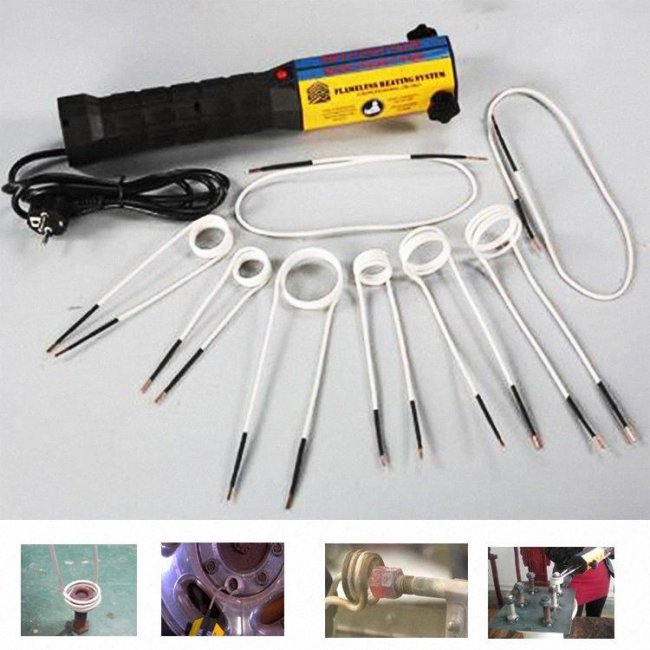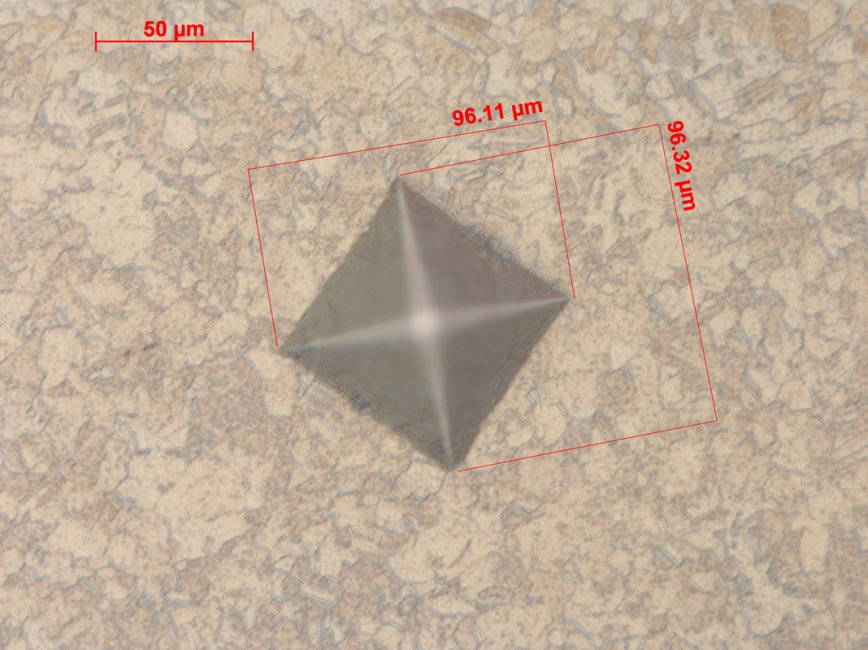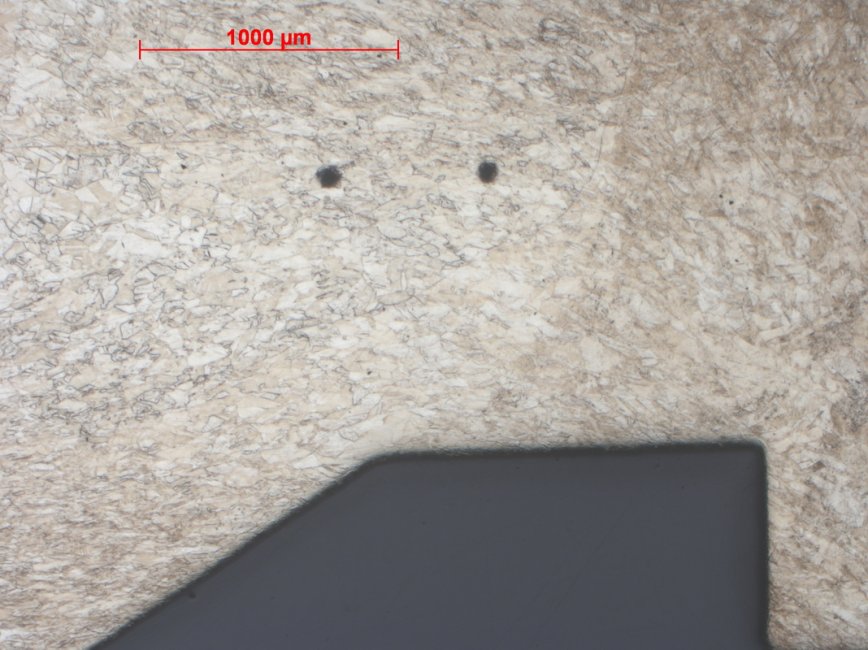turnerdye1
Master
Who has an annealer and how often do you use it?
I've been looking into annealing now since I'm converting alot of 223 brass to 300blk. And while researching I see alot of precision shooters anneal their brass as well. I've recently got into precision reloading also so now its something I may be investing in.
Just wanted to know your guy's opinion and what you guys use. I know there are 300-2000 dollar models and those don't interest me too much. Maybe a 200-300 dollar model?
I've been looking into annealing now since I'm converting alot of 223 brass to 300blk. And while researching I see alot of precision shooters anneal their brass as well. I've recently got into precision reloading also so now its something I may be investing in.
Just wanted to know your guy's opinion and what you guys use. I know there are 300-2000 dollar models and those don't interest me too much. Maybe a 200-300 dollar model?







